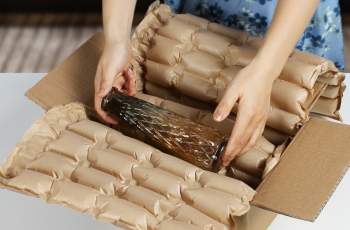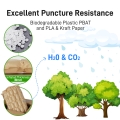Filling Paper: An Innovative Solution to Your Packaging Needs
Introduction In today’s fast-paced world, packaging plays a crucial role in ensuring the safe transit of goods. One product that has gained immense popularity in recent years is Filling Paper. This versatile packaging cushioning solution offers excellent protection and helps safeguard delicate items during shipping. In this article, we will delve into the world of filling paper, exploring its benefits, various types, and how it can be used effectively to enhance product protection. What is Filling Paper? Filling paper, also known as packaging cushioning paper pads or void fill materials, is designed to fill empty spaces inside packages, preventing products from moving or colliding during transit. It acts as a protective barrier, reducing the risk of damage and ensuring items reach their destination unscathed. Key Benefits of Filling Paper: Product Protection – The primary purpose of filling paper is to protect fragile or sensitive items from impact and vibrations during handling and shipping. By providing cushioning and shock absorption, filling paper reduces the risk of breakage, scratches, and other forms of damage. Cost-Effective – Filling paper presents a cost-effective solution compared to other packaging materials such as foam. It is lightweight, takes up minimal space, and can be easily converted into various shapes, making it an efficient option for both small and large-scale operations. Eco-Friendly – In an era where sustainability is a priority, filling paper stands out as an eco-friendly packaging solution. Made from recycled content or renewable materials, it can be recycled and is biodegradable, reducing its environmental impact. Versatility – Filling paper is available in various formats, including rolls, sheets, and pads. Its versatility allows it to be used with different packaging types, such as boxes, mailers, and envelopes. Additionally, it can be customized to fit specific product shapes and sizes, ensuring a snug and secure…










